Stucco replaced on this 1928 house
in Washington, DC
Here's how we did it:
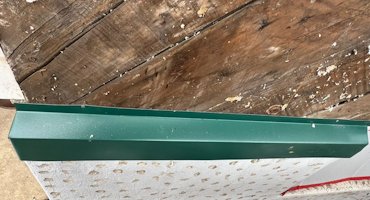
The basement foundation projected out past the wall. This is a large cause of basement leaks. We put flashing over
the edge.
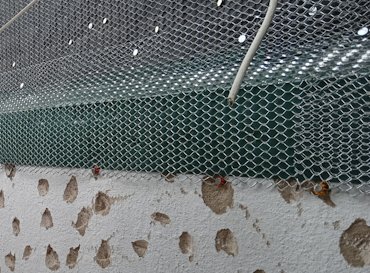
Flashing is overlapped with tar paper and covered with metal lath.
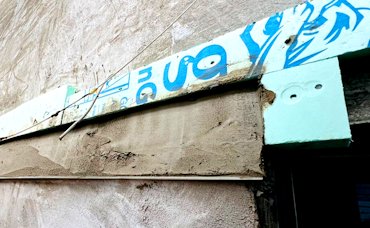
The difference between the bottom and top wall was hidden with a decorative band. The band also provides a drip edge to avoid color streaking. Band is formed with our weep stop at the bottom and temporary styrofoam forms at the top.
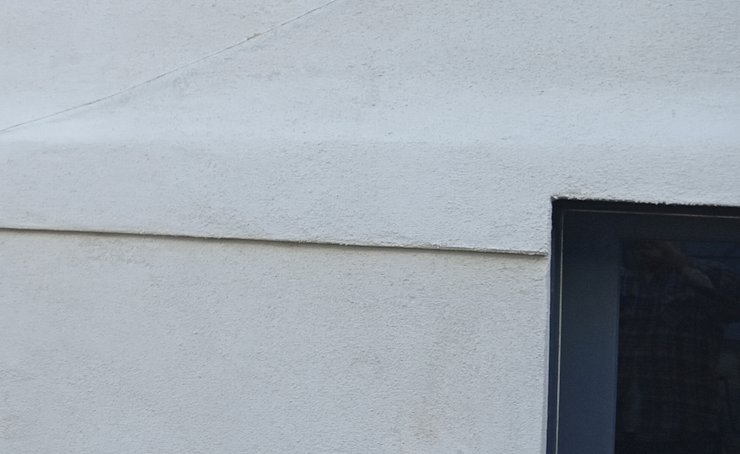
Finished band is rounded at the top.
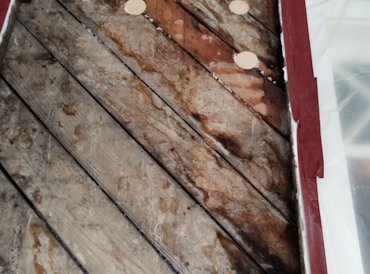
The wall underneath the porch was wet when we tore the stucco off, indicating the flashing was leaking.
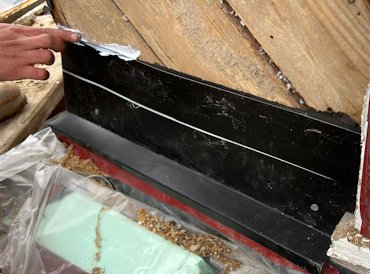
Leak was corrected by putting on new flashing, with a slope away from the building.

Drip molding over the window is flashed with flashing we made. Note the steep angle and the sides are covered with the flashing.
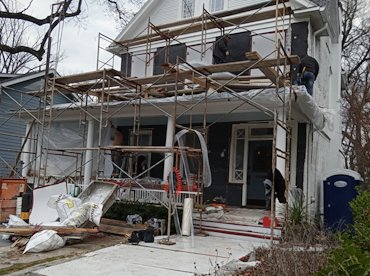
Windows, sidewalks, roofs, everthing is covered with plastic, sheets of correx, and dropcloths. The mission is zero clean up.

Finish coat is white portland cement and crushed quartz made by US silica.
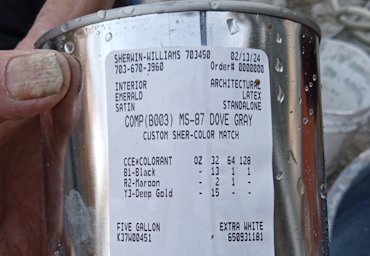
Color is made with a paint tint from Sherwin Williams.
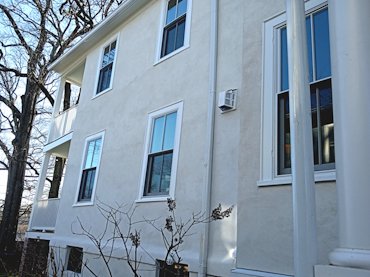
Side finished better than new.
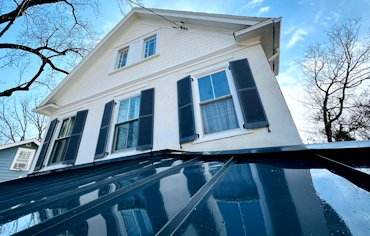
Shutters back on, roof cleaned off, another beautiful stucco job in Washington, DC.











